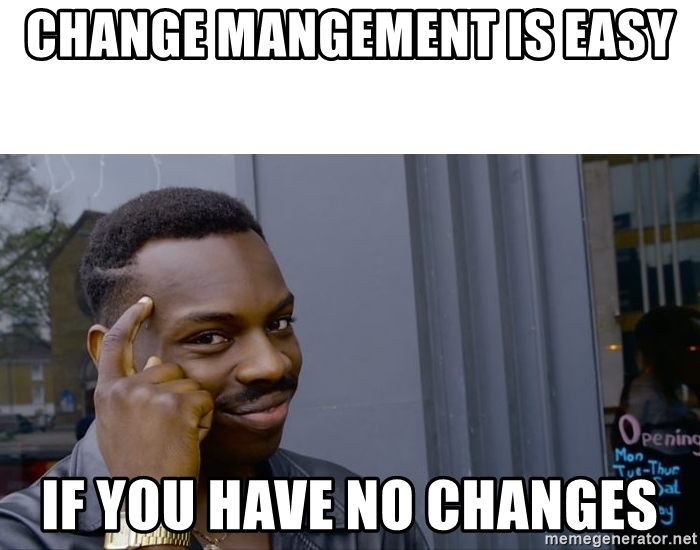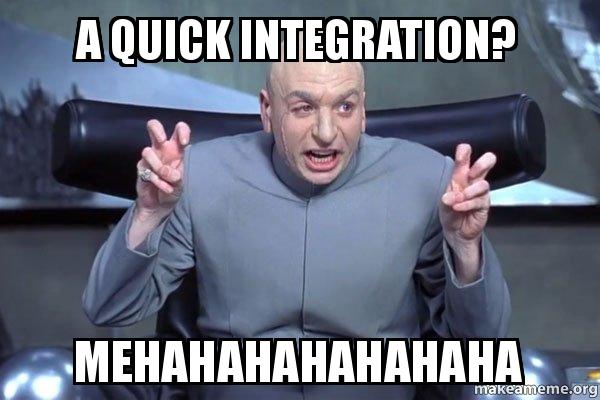Enterprise CLM solution is no longer a luxury but a necessity. Supply creates demand, so countless CLM solutions are now available on the market. Some of them offer AI-based workflows, while others do not. Some look pretty simple and user-friendly, while others come with interfaces that could scare away even the most experienced employees.
What’s the difference between them and how to choose the best one? Well, we are not going to answer these questions. Yes, you read that right. Instead, we will explain how to fail in choosing a CLM tool—and how to do it with style. Keep reading to learn how to ensure that your enterprise CLM tool is totally useless.

Tips when choosing a CLM solution
With so many options, it’s easy to find a CLM tool that does not fit your needs at all. Let’s do it! Here is a list of tips so you wouldn’t accidentally choose a proper CLM tool. Follow them to the letter, and you’ll end up with a solution as useful as compact disks, faxes, or audio cassettes.
Focus on single process solutions
Why look for end-to-end automation when you can pick tools with only one or two features? One tool should serve only one function, right? For example, a CLM tool with pre-approved contract templates to ease contract drafting and reduce human error. Or a CLM with searchable contract repositories that saves you hours of searching the database for a single document.
Many CLMs also include a bunch of features that will only make your life harder. For instance:
- Workflow management. Your employees and partners aren’t kids; they can figure out the steps of the contract journey on their own. And if they don’t, well, it’s their fault, right?
- Notifications and alerts. Who wants to get those annoying notifications about document changes and updates? It’s much easier to look through the document every once in a while, whenever you feel like it.
- e-Signature. What happened to good old faxes? Or sending documents by post?
Beware of these features and make sure that your CLM does not include any of them.
Forget about your specific needs—aim for the most popular CLM tool

Don’t waste time and effort identifying problems specific to your business. Instead, choose the first solution you see when googling CLM systems. Don’t even try to count your employees or contracts you handle every day and look for a specific CLM based on that number.
If you need to follow strict regulatory compliance, like GDPR or HIPAA, don’t worry, you can buy the appropriate tools later. CLM is about contract and document management only. Don’t make it the hero that saves the day.
Do not bother about security, either. No matter how many clients, employees, and vendors will be involved in the contract management process, you can manually grant access to the documents. Surely, it will take less time than figuring out how to set up automatic access levels.
Go for tools with long learning curves
Using a CLM tool should feel right from the start, shouldn’t it? No. Enterprise CLM solution is just like a manual contract management system but with a bunch of technology-invoked headaches. Your employees should spend hours learning new functionalities. Nothing worth having was ever achieved without effort, they say. Right?
So, stay away from intuitive interfaces, user-friendly features, and zero lagging. CLM solutions with drag-and-drop functionality drastically shorten the learning curve for non-technical users. But shouldn’t your employees learn how to handle all the technical ins and outs of contract management? Do not make life too easy for them.

Avoid supersmart tools with analytics and unnecessary data
You need a CLM solution to simplify contract management and documents handling. You definitely don’t need even more data to analyze.
Some CLM tools offer analytics and reports to track contract statuses and workflow performance and identify room for improvement. But we know what that really is: more unnecessary work.
CLM solutions also include risk-management features to cover risks and avoid potential liabilities. But what’s life without a little risk? Do not bother yourself with those features.
Beware of innovation
You need a reliable tool that will stay the same for the next few years and won’t pester you with constant updates.
Some will recommend finding a CLM tool that evolves with industry trends and tech. It means that whenever your company adopts a new technology or strikes up a new type of partnership, all existing contracts will have to be updated.
But that’s just a theory. Who can guarantee that the tech would evolve for better, not for worse? Let’s stick to reliable and stable CLM tools for now.
Keep away from integrated solutions

Let’s be clear: enterprise CLM is a tool for contract management, not an all-in-one solution for all and any business processes. In this context, we firmly believe in the one-goal-one-tool rule.
A CLM is a separate solution that must not interfere with other parts of your business. Why mix the processes together if you can run them separately? One tool should serve one goal—it is the only guarantee of proper work.
Don’t bother with scalability
You are planning to use a CLM tool now, correct? Not in some hypothetical future where a brand-new virus or aliens could ruin your plans. So, forget about scalability and focus on a single-point solution.
A scalable CLM solution usually includes AI-driven workflows, machine learning-based features, and out-of-the-box solutions—each of them coming with its own price tag. Avoid them like the plague. You don’t need them now. What about the future? Well, you will think about it…in the future.
Stay away from artificial intelligence
Do not trust AI. What is artificial intelligence, anyway? A technology simulating human intelligence. A robot revolution waiting to happen. Still, companies rely on AI to extract contract data, assist with contract authoring, or manage contract obligations. They are part of a conspiracy, indeed!
Let’s imagine that you adopted a CLM tool while having thousands of contracts saved in .pdf or .doc formats. How to move them to the CLM environment? Ask your employees to transfer them manually, of course. With AI-based technologies, you could do that in minutes. Just think about it: thousands of contracts moved in a couple of minutes. How can you be sure that all the data is copied correctly? Make your employees do that to be on the safe side.
AI technology might save you a lot of trouble, but you’d better not trust the technology two steps away from thinking on its own.
Summing up
Now you are all set to choose the most suitable CLM solution for your business. Look for single-point solutions, avoid modern technologies and innovations, and do not trust unnecessary features or integrations. Follow these tips to the letter, and you’ll definitely succeed. Succeed in screwing up the choice of CLM for your company.
Jokes aside, we hope that now you can clearly see what you should NOT do when choosing a CLM tool. Should you wish to find out more about CLM tools and their functionality, don’t hesitate to contact our team. Feel free, too, to explore AXDRAFT CLM and the opportunities that it brings.
FAQ
A CLM system is an all-in-one automated solution that helps manage contracts from their initiation to renewal and expiry. An efficient CLM system offers centralized document management, shortens contract turnaround time, and limits business risks. It automates and accelerates the entire contract management process end-to-end.
CLM tools have a range of benefits. They speed up the contract management process, trim unnecessary spending, and improve customer experience. On top of that, CLM solutions take care of risk and reputation management, planning, and workflow control.
Before going for a CLM solution, ask yourself how it will make your life easier and which pain points it will solve. Or, in other words, what is your problem? Answer this question first, and only then start shopping for a CLM system.
A CLM automates and streamlines contract processes throughout the contract lifecycle. Instead of handling documents manually, you get an automated contract lifecycle management. With a CLM tool, you can store documents in a secure central repository, standardize the language of your contracts, and set up alerts and notifications for critical milestones in the contract journey.